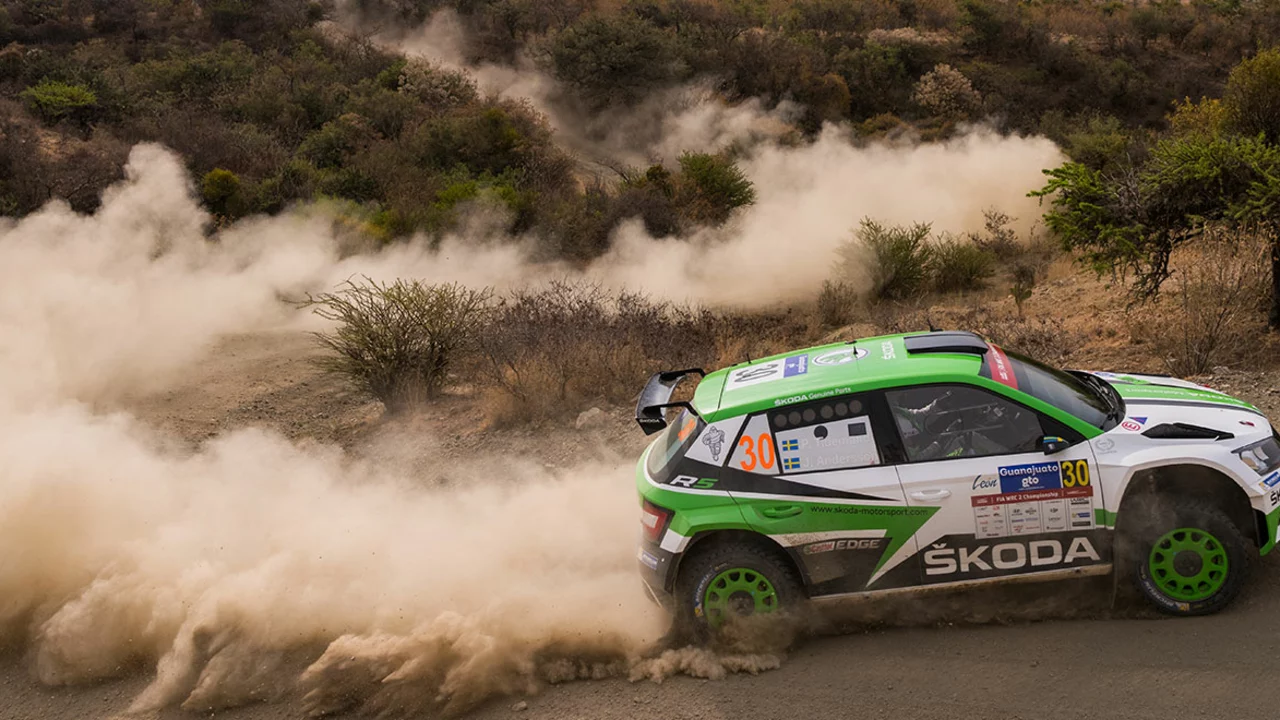Handbrake Use in Rally Cars – Why, When, and How
The handbrake is more than a safety tool; it’s a driver’s secret weapon on a rally stage. Pulling it at the right moment can shave seconds off a corner, help you start a slide, or keep the car steady on a steep hill. Below we break down the basics, the common tricks, and the mistakes to avoid.
What the Handbrake Actually Does
When you press the handbrake, it locks the rear wheels. That makes the rear end lose traction while the front wheels keep steering. The result is a sudden rotation that helps the car turn tighter than it could with steering alone. In rally cars the handbrake is usually a lever beside the driver’s seat, easy to grab with the left hand.
When to Use It on the Stage
1. Hairpin turns – A sharp 180‑degree turn on a narrow road is a classic handbrake spot. Pull the lever just as you approach, steer into the corner, and release as the rear wheels regain grip.
2. Quick direction changes – If the stage forces you to swing the car around a tight obstacle, a short handbrake pulse can swing the rear end fast enough to avoid hitting anything.
3. Low‑speed slides – When you need to drift a corner at low speed for better line control, a brief handbrake tap helps break rear traction without losing too much momentum.
4. Hill‑starts – On a steep incline, pulling the handbrake keeps the car from rolling back while you find the clutch bite point. Release once you have enough torque.
5. Emergency stops – In a last‑minute scenario, the handbrake can lock the rear wheels to bring the car to a stop quicker than the foot brake alone.
Each of these situations needs a different amount of pull and timing. The key is to practice the feel – you’ll know the exact moment the rear wheels start to slide.
Step‑by‑Step Handbrake Technique
Approach: Slow down to the speed recommended for the corner. Too much speed means the car will spin out.
Set up: Position the car so the front wheels are pointing where you want to go. Keep your eyes on the exit of the corner.
Pull: Grasp the lever with a firm, steady pull. Don’t yank; a smooth pull gives better control.
Steer: While the rear wheels lock, turn the steering wheel into the corner. The front wheels guide the rotation.
Release: As soon as the rear wheels start to spin freely again, let go of the handbrake. Too early and you lose the rotation; too late and you over‑rotate.
Accelerate: Apply throttle gently to bring the car out of the slide and onto the next straight.
Common Mistakes and How to Fix Them
• Pulling too hard – The car will spin 180 degrees instead of just rotating. Practice lighter pulls and increase only as needed.
• Holding the handbrake too long – The rear wheels stay locked and you lose forward momentum. Count “one‑two‑three” in your head and release on “three.”
• Not looking where you want to go – Your eyes guide the car. Keep looking at the exit point, not the point where you’re pulling the handbrake.
• Using it on high‑speed sections – The car may become unstable. Reserve handbrake use for low‑speed, tight sections unless you’re an experienced driver.
Practice Makes Perfect
Find a safe, empty area – a parking lot or a closed course – and try the handbrake on a few simple cones. Start with a slow approach, pull the lever, turn, and release. Notice how the car reacts, then adjust your pull length and steering angle. Over time you’ll develop a feel for the exact moment to engage and disengage.
Remember, rally driving is about fluid motion, not brute force. The handbrake is just one tool in your toolbox. Use it wisely, practice often, and you’ll shave valuable seconds off every tight corner on the stage.

Do Rally Drivers use handbrake?
As someone deeply interested in rally driving, I've done some research into whether rally drivers use handbrakes. Turns out, they absolutely do! Handbrakes play a vital role in navigating tight corners or executing sharp turns, something a rally driver often encounters. It's interesting to know that the handbrake can be such an essential tool in controlling a car's movement. So, yes, rally drivers do make good use of their handbrakes during races.